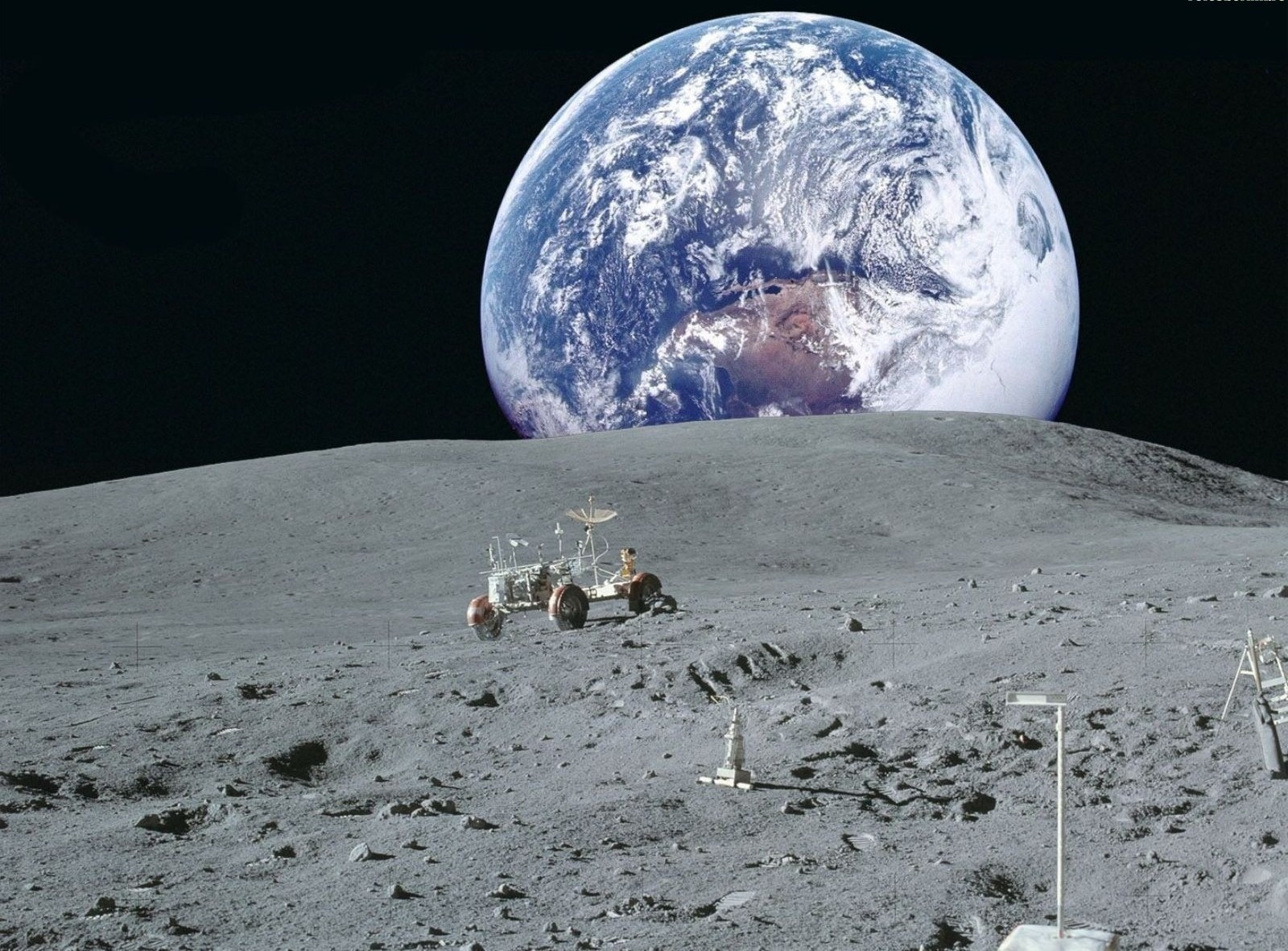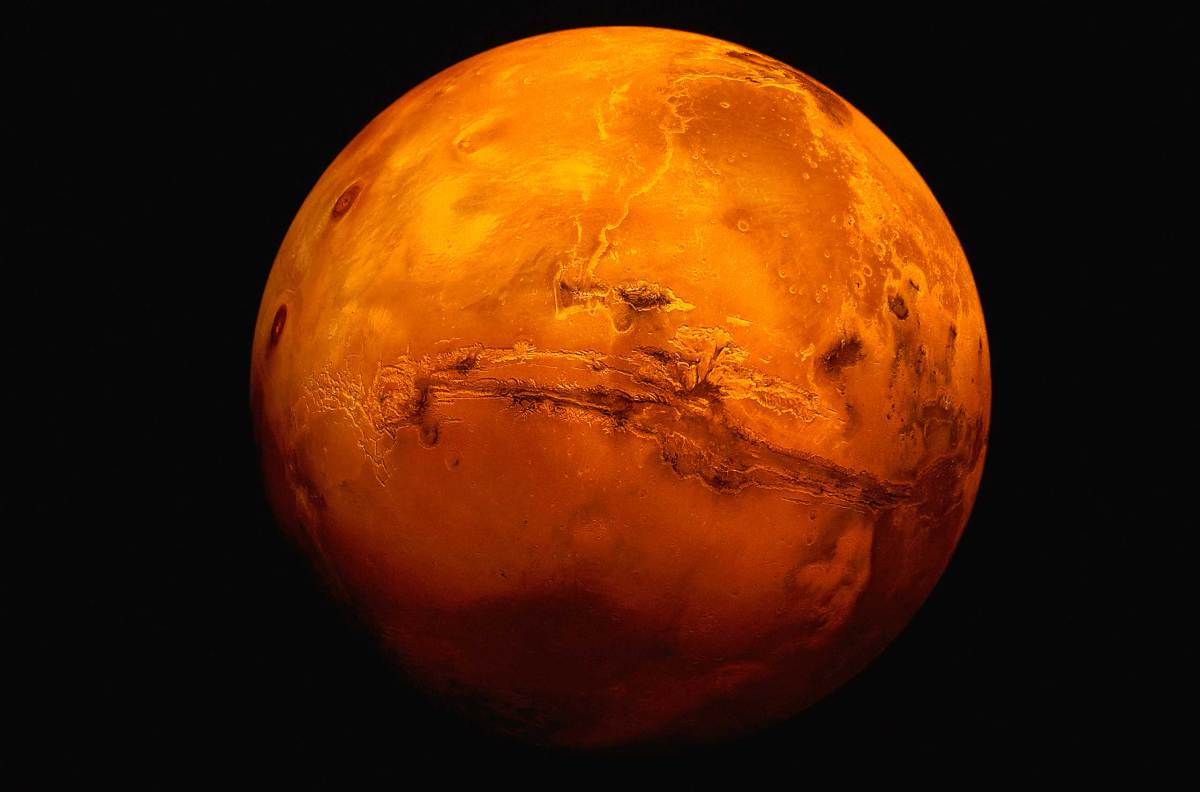NASA might not be able to meet the date set for the EM-1 Flight that aimed to return American astronauts to the moon. Apparently, this delay is occasioned by space program failures in Europe and budget constraints.
As well, NASA’s mission to Mars is going to be delayed too. According to the Inspector General Office of the agency, NASA is facing technical and budgetary problems for the achievement of the missions.

“NASA considers Orion to be one of the biggest challenges to meeting the EM-1 flight date of no later than November 2018,” the IG’s office reported. “Delays in the development of the Orion service module, provided by the European Space Agency are the leading factor in the overall Orion delay, as well as technical risks involved with changes in the design of Orion’s heat shield.”
NASA is delaying its space missions
According to the statement released on Thursday by the Inspector General’s office, NASA is probably not launching its EM-1 on schedule, since ESA, which was commanded to build the Orion Capsule for the mission, won’t have it ready for the due date.
NASA initially had 11 months of schedule reserve to prevent any delays, but now the agency has only one month left. According to the office, the technical problems of NASA’s moon program will consume the remaining time of reserve. A tornado had recently damaged the factory that produces the Space launch systems (SLS), which means that NASA will probably be forced to delay Orion’s first two missions a little bit more. The first one was set to occur in November 2018 and the second one was due for August 2021.
Even if ESA had delayed on the construction of the Orion capsule, NASA is negotiating again with them to have their capsules built in the future.

NASA lacks any useful plan
According to Dr. Robert Zubrin, who helped design plans for NASA’s manned mission to Mars, the problems with the agency are more severe than the delay of the capsule. He says that NASA lacks useful plans for the Orion and the SLS. According to Zubrin, international partners always cause schedule delays, but he blames NASA instead because the agency should develop the necessary technology.
“The problem is not that SLS and Orion are late,” said Dr. Zubrin “The tragedy is that it doesn’t matter that they are late – because NASA currently lacks any plans to employ them for anything useful.”
According to Zubrin, NASA is wasting time, money and efforts in things it doesn’t need, instead of defining missions. He said that the agency is not spending money to do things, but it has been doing things to spend money. NASA needs a clear near-term goal for its human spaceflight program, one that is worth the costs. For example, he said that Trump’s plan to return Americans to the moon doesn’t have a well-defined goal because it would be a waste of money since it wouldn’t truly generate something new. It wouldn’t stop NASA’s wasteful tendency.

Previously, NASA intended to send Orion around the Moon on an unmanned mission, but Trump was the one who said it should be manned. Therefore, taking astronauts to the mission means a lot of extra money and efforts. SLS, Orion, and their support systems are expected to cost $23 billion by the end of 2018.
At the moment Trump has not chosen someone to head NASA. Rumor has it that he would suggest Oklahoma Republican Rep. Jim Bridenstine, a former Navy pilot for the post.
NASA also has to protect astronauts from deadly radiation
It seems that NASA, even with all the technical issues, is resolved to take humans to Mars in the years to come. However, the agency must be aware of radiation to protect the astronauts on the mission. Scientists at the Wake Forest Institute for Regenerative Medicine examined a NASA-funded study that evaluates the impact of radiation on astronauts, and they said that it would probably generate leukemia in the astronauts which would certainly compromise the mission itself.
They said that Galactic cosmic rays have a low radiation dose rate. During shorter trips, it’s not a serious issue; those are the ones they would receive in the moon. However, its cumulative effect, during a longer mission, such as Mars’, poses a bigger threat.
The other type of radiation, solar radiation, is the one NASA should be more worried about. They can have a severe impact in astronauts in a short period of time. It can damage the central nervous system resulting in impaired motor function and cognitive function, and they will certainly lead to cancer.
NASA continues to test different methods to protect astronauts from solar radiation. The Orion spacecraft should be equipped with radiation sensors, so the crew is notified if a solar flare or any other radiation event occurs and they can go to a sheltered area in the spacecraft.
Source: The Science Times

How CON-VEEEEEN-IENT.